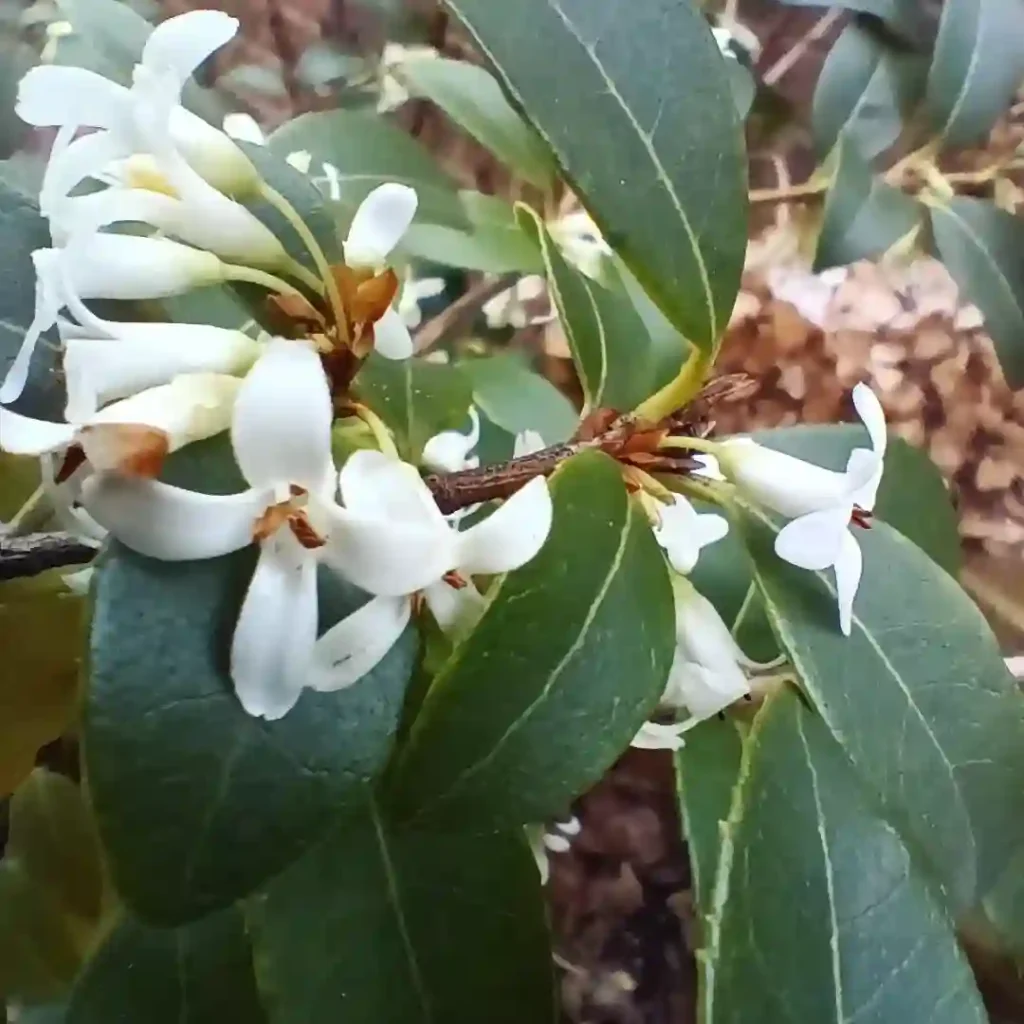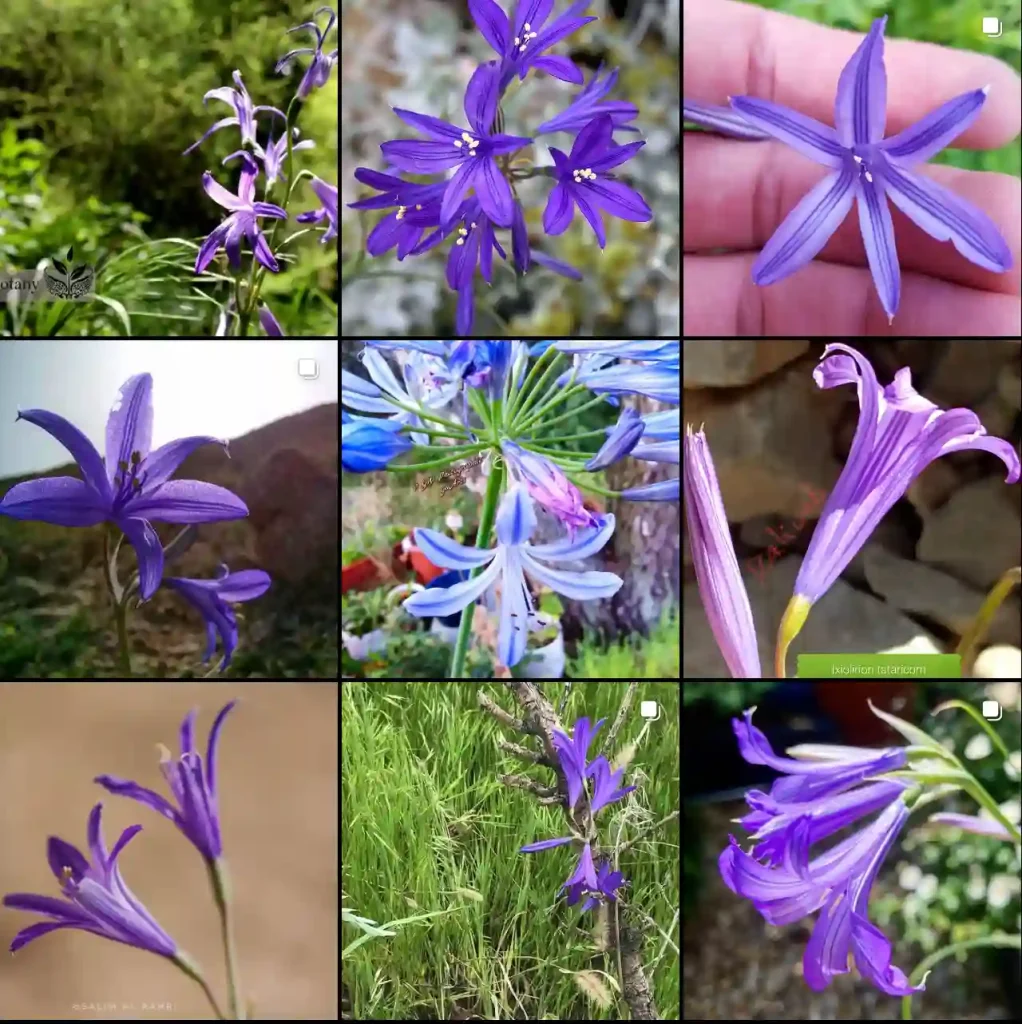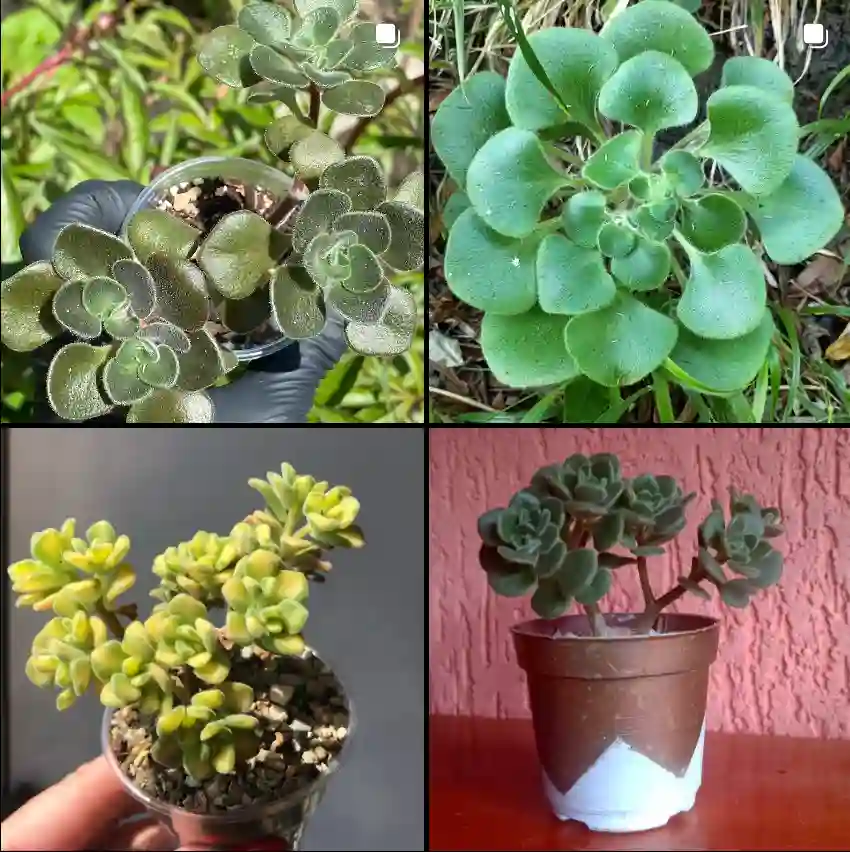January 3 – Agonis
“January 3 belongs to Agonis, a symbol of quiet strength and elegance.”
With its slender, aromatic foliage, Agonis mirrors your calm yet commanding presence. You are the kind of person who remains composed under pressure, offering support and stability to those around you.
Agonis: A Deep Dive with Ferb Vu
The world of plants is vast and diverse, filled with captivating species that often go unnoticed in our daily lives. As an enthusiast, I, Ferb Vu, find myself drawn to the unique beauty and intriguing characteristics of the Agonis genus. This group of flowering plants, belonging to the Myrtaceae family, boasts a collection of shrubs and trees endemic to Western Australia. Their presence graces the coastal regions of the south west, adding to the biodiversity of this remarkable landscape.
Understanding the Agonis Genus
What sets Agonis apart? It’s their distinct features that capture my attention. These plants are characterized by their woody capsules, which house the seeds, and their eye-catching flowers. These blooms, typically white, are arranged in heads nestled within the leaf axils. Each flower boasts five sepals and five petals, with a multitude of stamens (15 to 30) positioned opposite the sepals. The leaves of Agonis plants are evergreen, providing year-round greenery, and they often emit a pleasant aroma when crushed, thanks to the presence of essential oils.
Delving into Agonis Species
The Agonis genus is home to a variety of species, each with its own unique charm:
- Agonis baxteri: This species, also known as Baxter’s Peppermint, is a small to medium-sized shrub native to Western Australia. It features slender, lance-shaped leaves that release a pleasant peppermint aroma when crushed. The leaves have a slight sheen and display a greenish-gray tone, complemented by clusters of white to pinkish flowers that bloom in spring, attracting pollinators like bees. Agonis baxteri is hardy and well-suited for dry, sandy soils, often used in gardens for its fragrant foliage and compact form.
- Agonis flexuosa: Commonly known as the Western Australian Willow Myrtle, Agonis flexuosa is a small tree renowned for its weeping, willow-like branches and aromatic leaves. It grows to around 10 meters tall and has dark green, lance-shaped leaves with a delightful peppermint fragrance. In spring, it produces clusters of small, white flowers that attract a range of pollinators. This species is drought-tolerant and thrives in well-drained soils, making it popular as an ornamental tree in coastal and Mediterranean gardens. Plant FAQs: Agonis Flexuosa – Willow Myrtle – Australian Willow
- Agonis grandiflora: Often referred to as the Large-Flowered Willow Myrtle, Agonis grandiflora is notable for its more sizable, showy blooms compared to other Agonis species. This shrub or small tree has elongated, green leaves with a delicate fragrance and blooms that vary from white to light pink, creating a striking visual in spring. Native to Western Australia, it does well in sandy, well-drained soils and is valued for its ability to tolerate drought and salty conditions, making it a good choice for coastal landscapes.
- Agonis theiformis: Known as the Tea Myrtle, this species features delicate, narrow leaves with a subtle minty aroma and fine, white flowers that bloom in clusters along the stems. It is typically a smaller shrub, growing to about 1–2 meters in height, and is favored for its neat, bushy form. Agonis theiformis is often used in low hedges or as a border plant due to its compact shape and hardiness, especially in coastal or Mediterranean climates where it can tolerate sandy soils and limited water.
- Agonis undulata: This species is distinguished by its undulating, wavy leaf margins, giving it a unique texture among Agonis plants. The leaves are green to bluish-gray, releasing a faint peppermint scent when crushed. Small, white flowers appear along the branches, usually in late spring. Agonis undulata grows well in sandy or gravelly soils and tolerates drought and salt, making it ideal for coastal plantings or xeriscapes where low-maintenance and resilient plants are desired.
The Significance of Agonis
Why should we care about Agonis? These plants play a crucial role in their native ecosystems. They provide habitat and food sources for various wildlife, including birds and insects. Moreover, they contribute to the overall health of the environment by preventing soil erosion and improving air quality.
Beyond their ecological importance, Agonis plants also hold cultural significance for the Aboriginal people of Western Australia. They have traditionally used various parts of these plants for medicinal purposes, and the wood has been used for crafting tools and weapons.
Conservation Efforts
Despite their importance, some Agonis species face threats due to habitat loss and degradation. Conservation efforts are crucial to ensure the survival of these remarkable plants. Organizations and individuals are working to protect and restore Agonis habitats, and research is ongoing to better understand their ecological requirements.
My Personal Connection
As I continue to explore the world of plants, I find myself increasingly fascinated by the Agonis genus. Their resilience, adaptability, and unique beauty inspire me. I believe it’s essential to appreciate and protect these plants, not only for their ecological and cultural significance but also for the simple joy they bring to those who encounter them.
I encourage everyone to take a moment to appreciate the natural world around them, and perhaps even discover the wonders of the Agonis genus for themselves.
If i die, water my plants!



